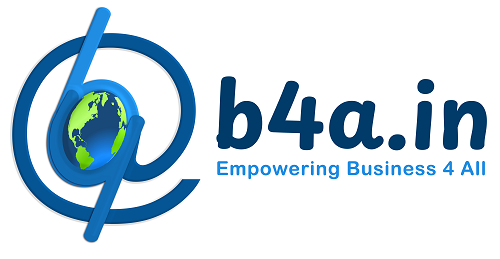In our increasingly connected world, where technology permeates every aspect of our lives, taking a step back from our devices and engaging in a digital detox has become more important than ever. A digital detox refers to intentionally disconnecting from technology and taking time to focus on the present moment. By unplugging from screens and reacquainting ourselves with the world around us, we can experience profound benefits for our mental, emotional, and physical well-being. In this blog, we will explore the significance of digital detoxes and provide practical tips for unplugging and reconnecting with the present moment.
- Recognize the Need for a Digital Detox:
The first step towards a successful digital detox is acknowledging the need for it. Reflect on how technology is affecting your life—whether it’s causing distraction, reducing productivity, or affecting your mental health. Recognize when you’re spending excessive time on screens or feeling overwhelmed by digital information. This awareness will motivate you to take the necessary steps towards a digital detox. - Plan and Set Boundaries:
Before starting a digital detox, it’s essential to plan and set clear boundaries. Decide on the duration of your detox, whether it’s a day, a weekend, or longer. Inform family, friends, and colleagues about your intentions to disconnect, so they know you won’t be readily available. Establish guidelines for what is allowed during the detox—for example, using a phone solely for emergencies or designating specific times for checking emails or social media. - Engage in Offline Activities:
Make a conscious effort to fill your time with offline activities during your digital detox. Engage in hobbies, such as reading a physical book, painting, gardening, or playing a musical instrument. Spend time in nature, go for walks, or practice mindful exercises like yoga or meditation. Rediscover the joy of face-to-face interactions by meeting friends or family members for coffee or engaging in meaningful conversations. - Create Device-Free Zones and Times:
Designate specific areas or times in your daily routine where electronic devices are off-limits. For example, establish device-free zones in your bedroom or during mealtimes. Avoid using technology as the first and last thing you engage with each day—instead, replace the habit with a mindfulness practice, such as meditation or journaling. - Embrace Mindful Technology Use:
After completing your digital detox, it’s crucial to approach technology use mindfully. Be intentional about the time you spend on screens and the apps you engage with. Consider implementing strategies such as setting screen-time limits, practicing digital sabbaticals on weekends, or scheduling regular breaks during the day to disconnect and recharge.
Conclusion:
In a digital world that constantly demands our attention, a digital detox provides a much-needed respite—a chance to unplug, recharge, and reconnect with the present moment. By recognizing the need for a detox, planning and setting boundaries, engaging in offline activities, creating device-free zones, and embracing mindful technology use, we can reclaim our time, focus, and overall well-being. Remember, a digital detox is not about completely rejecting technology but rather finding a healthier balance—a way to prioritize the richness of the real world while still benefiting from the advantages technology offers.
Key Points:
- Recognize the need for a digital detox and its impact on your well-being.
- Plan and set clear boundaries for your detox.
- Engage in offline activities such as hobbies, nature, and social interactions.
- Create device-free zones and designate specific times for unplugging.
- Embrace mindful technology use after the detox.
- Reconnect with the present moment through a digital detox for improved well-being.

